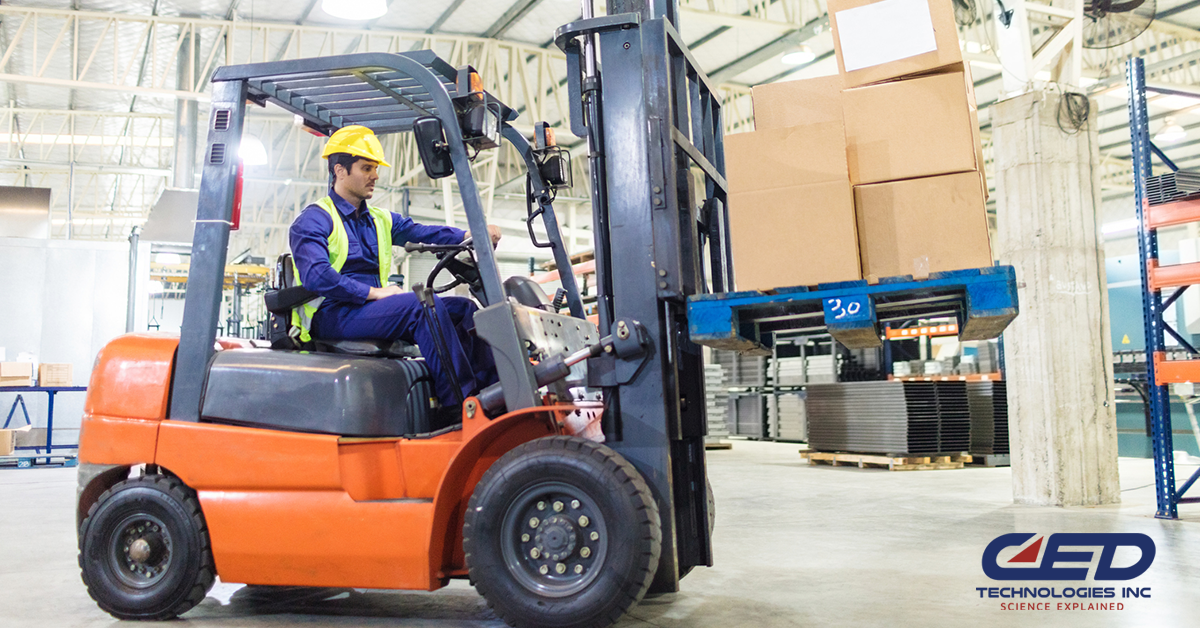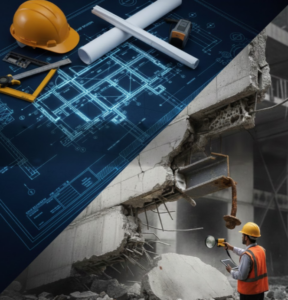As states reopen and companies navigate ramping up production, warehouse management will want to make sure everyone is following proper safety protocols. As any warehouse manager knows, forklift accidents occur, but can be easily avoided with proper training and diligence. Social distancing measures are placing an additional burden on forklift operators when navigating a busy warehouse or construction environment.
Studies completed by the US Bureau of Labor Statistics show the danger of improper forklift operation. From 2011 to 2017, 614 workers lost their lives in forklift related incidents and more than 7,000 nonfatal injuries with days away from work occurred every year. According to the US Bureau of Labor Statistics, forklifts were involved in 9,050 nonfatal workplace injuries or illnesses with days away from work in 2017. Of these cases, 2,050 involved non-roadway accidents with the forklift, and 1,850 more cases involved pedestrians while the forklift was in use.
Since so many operators have likely become rusty on proper procedures, forklift accidents are more likely to occur following the shutdown. Additionally, forklift operator licenses may have expired during the shutdown and most operators will benefit from a review of safe operating procedures.
To prevent these accidents, forklift operators and their managers should review these seven safety steps, as outlined in EHS Today, a resource for industry safety standards:
- Perform routine Safety and Functional checks of equipment before operating. Notify management of any damages or problems.
- Survey the operating environment for hazards. Observe your surroundings to identify environmental hazards such as adverse ground conditions/slope, areas of diminished visibility, low hanging obstacles, other activities/work in your intended work zone, and vehicular and pedestrian traffic.
- Wear personal protective equipment (PPE). Hard hats, protective footwear, and high-visibility clothing are recommended when working around forklifts.
- Always wear a seatbelt while operating a forklift. It’s important for operators to buckle up while operating a sit-down forklift, since overturned forklifts are a leading cause of forklift-related accidents. In the event of an accident, a seatbelt can save operators from being crushed by the forklift’s overhead guard or roll cage.
- Keep loads within the forklift’s weight capacity. By exceeding the weight capacity of a forklift, employees can greatly increase the risk of tipping the machine. These load capacities are provided in the equipment’s operating manual and listed on the machine itself.
- Operate at a safe speed, use the horn when vision is obstructed, and use caution on grades or ramps. Operators should use the horn to alert pedestrians or other forklift operators nearby to avoid an unnecessary collision. Take corners and turns slowly to minimize the risk of tipping.
- Set the parking brake, lower the forks, set any controls to neutral, and remove the key when finished operating. Safely parked machines reduce the risk of unintended movement when left unattended. If a forklift is parked on an incline, employees can further secure the machine with wheel blocks.
CED Technologies, Inc. has a team of engineers experienced in investigating heavy machinery and forklift accidents, as well as workplace safety violations. With proper management and training most forklift accidents can be avoided, eliminating tragic personal injuries and fatalities as well as costly business interruptions and insurance activity.
Click Here To See Our Full List of Experts Click Here To Submit an Inquiry about a possible Claim or Case.






